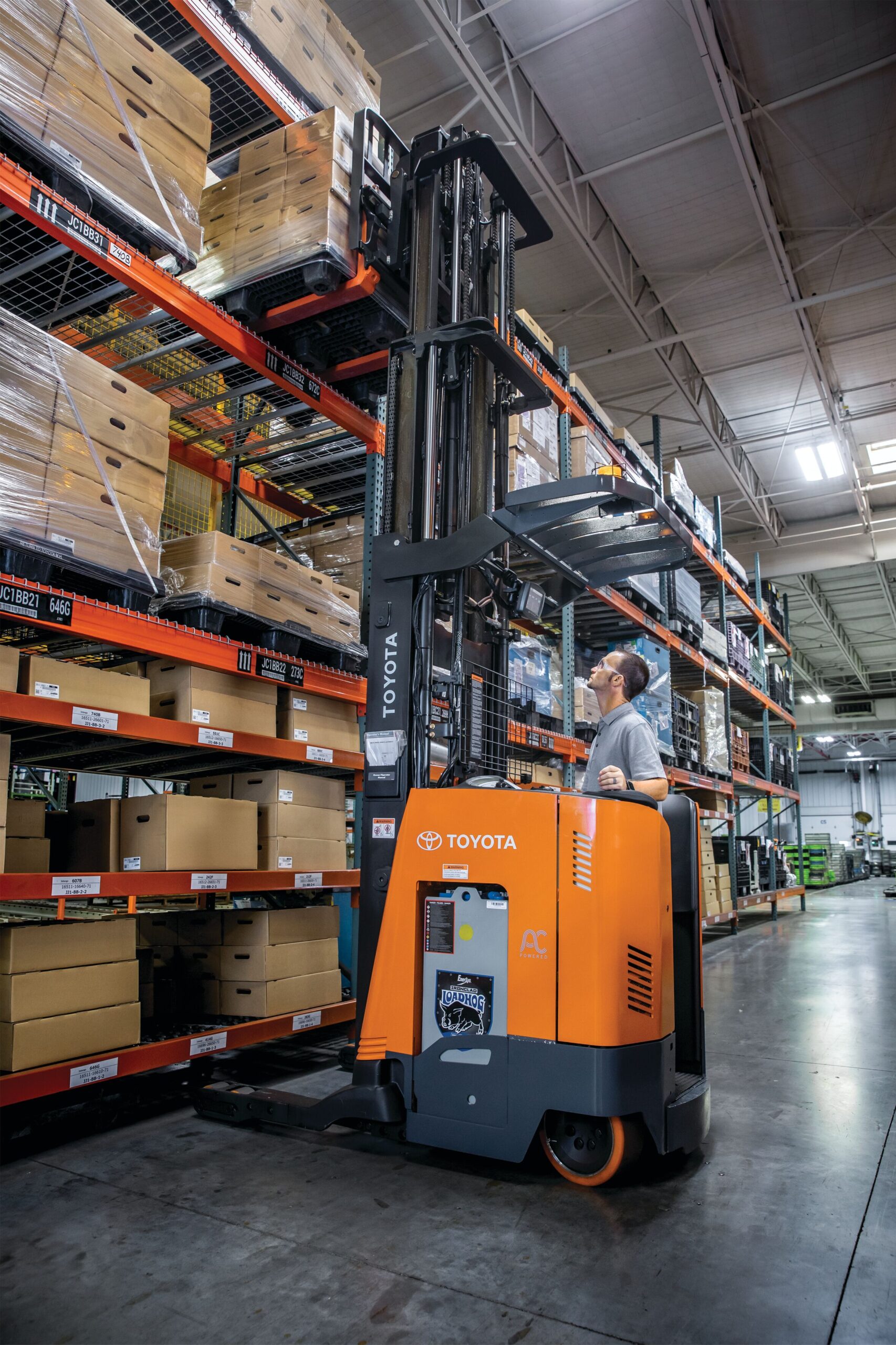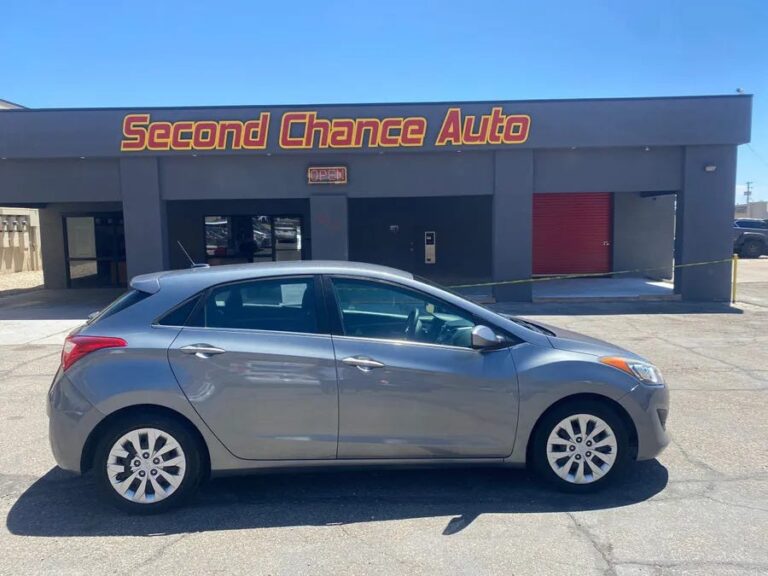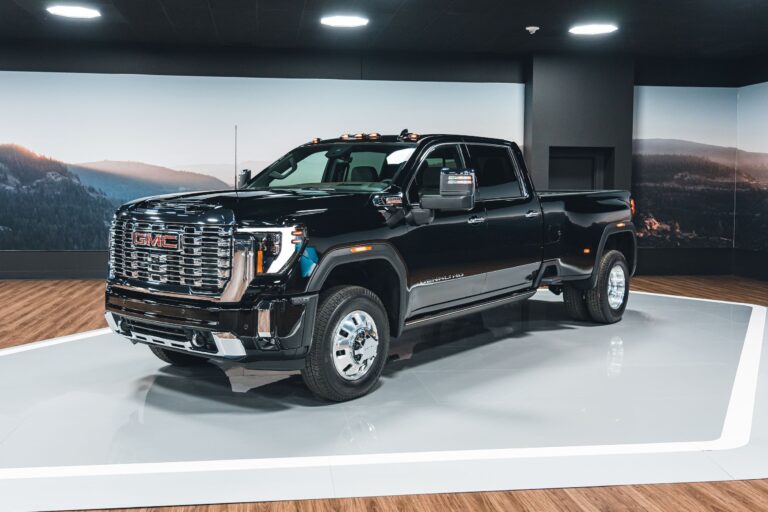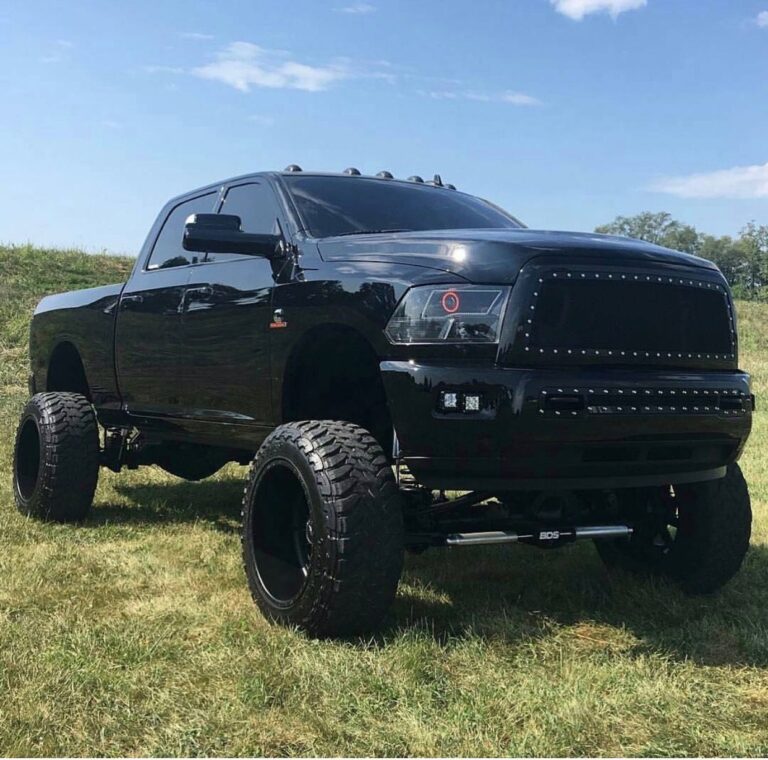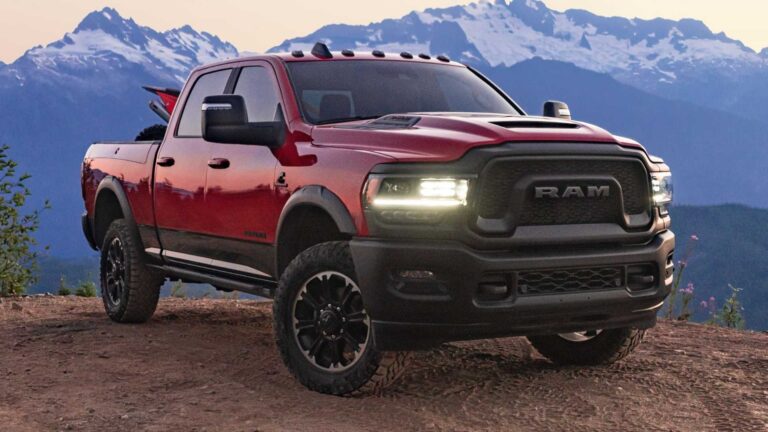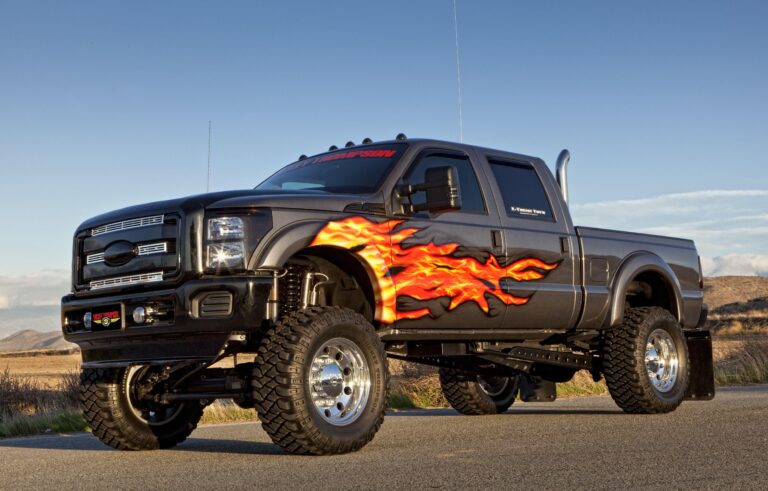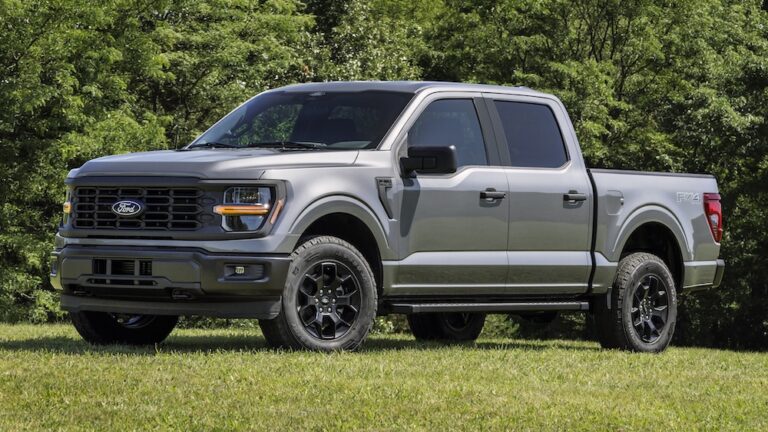Used Reach Trucks For Sale: A Comprehensive Guide to Smart Procurement
Used Reach Trucks For Sale: A Comprehensive Guide to Smart Procurement cars.truckstrend.com
Introduction: Elevating Your Warehouse Efficiency Without Breaking the Bank
In the dynamic world of logistics and warehousing, efficient material handling is paramount. Reach trucks stand as indispensable workhorses, designed specifically for navigating narrow aisles and reaching impressive heights, maximizing storage density. While the prospect of acquiring new equipment can be daunting due to significant capital outlay, the market for used reach trucks for sale presents a compelling alternative. This comprehensive guide will delve into every facet of purchasing pre-owned reach trucks, offering insights, practical advice, and a structured approach to ensure you make an informed decision that elevates your operational efficiency without compromising your budget.
Used Reach Trucks For Sale: A Comprehensive Guide to Smart Procurement
What is a Reach Truck? And Why Consider Used?
A reach truck is a specialized forklift designed for high-density storage environments. Unlike counterbalance forklifts, a reach truck’s mast extends forward (or "reaches") to pick up and deposit loads, allowing it to operate in much narrower aisles. This unique capability makes them ideal for optimizing vertical storage space in warehouses and distribution centers. They typically come in stand-up or sit-down configurations, offering operators different ergonomic options.
The decision to explore used reach trucks for sale is often driven by a pragmatic assessment of cost versus value. New reach trucks represent a substantial investment, often with long lead times for delivery. Opting for a used model can provide immediate access to essential equipment at a fraction of the cost, making it an attractive proposition for startups, growing businesses, or those looking to expand their fleet without a significant capital expenditure. Furthermore, choosing used equipment contributes to sustainability by extending the lifecycle of valuable machinery.
Key Benefits of Purchasing Used Reach Trucks
The advantages of acquiring pre-owned reach trucks extend beyond simple cost savings. Here’s a breakdown of the primary benefits:
- Significant Cost Savings: This is undoubtedly the most compelling reason. Used reach trucks can be priced at 30% to 70% less than their new counterparts, freeing up capital for other business investments.
- Immediate Availability: Unlike new equipment which often requires manufacturing and shipping lead times, used reach trucks are typically available for immediate purchase and delivery, allowing you to quickly address operational needs.
- Reduced Depreciation: Like automobiles, new material handling equipment experiences rapid depreciation in its initial years. Buying used means you avoid this steep drop, retaining more of your investment value.
- Environmental Benefits: By giving a second life to existing machinery, you contribute to a circular economy, reducing demand for new manufacturing and minimizing waste.
- Access to Higher-Spec Models: For a given budget, you might be able to afford a higher capacity, greater lift height, or more feature-rich used reach truck than you could a new base model.
- Proven Performance: A used truck has already been put to the test. Its operational history can provide insights into its reliability, especially if proper maintenance records are available.
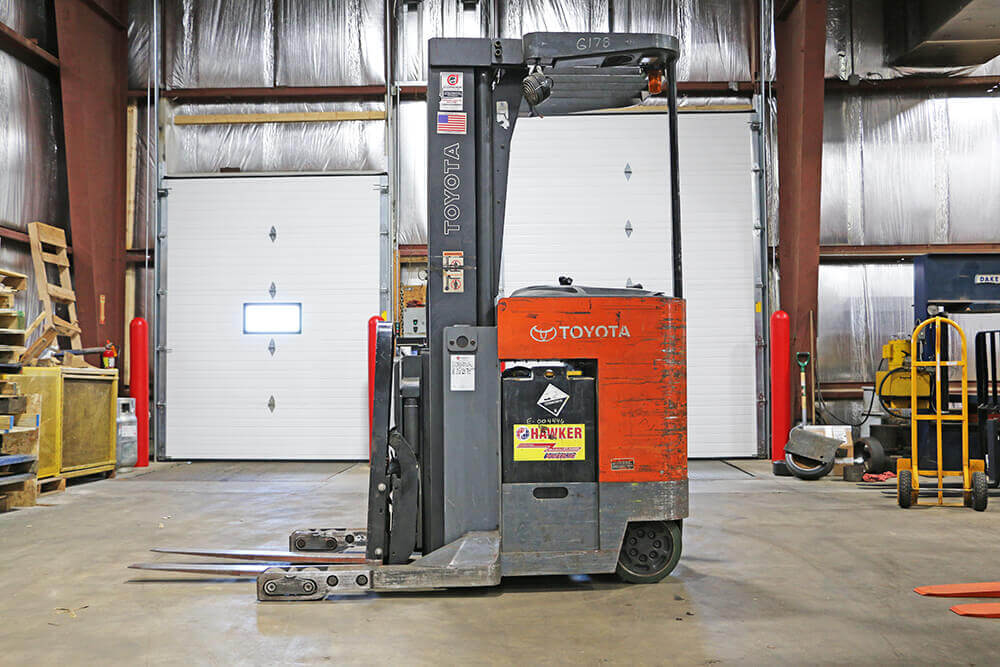

Types and Configurations of Reach Trucks
Understanding the various types of reach trucks is crucial for selecting the right model for your specific needs. When browsing used reach trucks for sale, you’ll encounter several configurations:
- Stand-on vs. Sit-down:
- Stand-on Reach Trucks: Most common, designed for operators to stand, offering excellent visibility and easy entry/exit, ideal for high-volume order picking and frequent dismounting.
- Sit-down Reach Trucks: Provide a more comfortable seating position, preferred for long shifts and continuous operation.

- Pantograph Reach Trucks: Use a scissor-like mechanism to extend the forks forward. They are generally more compact and suitable for slightly wider aisles.
- Moving Mast Reach Trucks: The entire mast moves forward on rails. These are often preferred for narrower aisles and higher lifts, offering excellent stability.
- Single Reach vs. Double Reach:
- Single Reach: Designed to pick up a single pallet depth.
- Double Reach: Features longer forks or a more extensive reach mechanism, allowing it to pick up two pallets deep, significantly increasing storage density. Ideal for high-volume, uniform pallet storage.
- Capacity and Lift Height: Used models vary widely in their load capacity (e.g., 2,500 lbs to 4,500 lbs) and maximum lift height (e.g., 20 feet to 40+ feet). These specifications are critical and must align with your warehouse layout and product characteristics.
- Battery Type: While lead-acid batteries are prevalent in used models, some newer used units might feature lithium-ion batteries, which offer faster charging, longer runtimes, and less maintenance, though they typically come at a higher initial price.
Important Considerations When Buying Used
Purchasing a used reach truck requires a meticulous approach. Here are the critical factors to evaluate:
- 1. Condition Assessment: This is paramount.
- Visual Inspection: Look for signs of damage, welds, cracks, or excessive wear on the chassis, mast, and overhead guard. Check the condition of the tires (polyurethane or rubber) for chunks, flat spots, or excessive wear.
- Operational Check: Test all functions: lift, lower, extend, retract, tilt, side-shift, and drive (forward/reverse). Listen for unusual noises. Ensure smooth operation of hydraulic systems. Check brakes for responsiveness.
- Battery Health: The battery is often the most expensive component to replace. Request a battery test report (e.g., discharge test, specific gravity readings for lead-acid). A weak battery can significantly impact productivity.
- Hydraulics: Inspect for leaks around cylinders, hoses, and fittings. Ensure the mast raises and lowers smoothly without shuddering.
- Safety Features: Verify that lights, horn, reverse alarms, emergency stop buttons, and seat belts (if applicable) are fully functional.
- 2. Maintenance History: A well-documented service history is a golden indicator of a truck’s past care. Ask for records of routine maintenance, major repairs, and parts replacements. This transparency speaks volumes about the seller’s confidence in their equipment.
- 3. Dealer Reputation and Warranty: Buying from a reputable dealer offers significant peace of mind.
- Reliable Dealers: Often refurbish equipment, perform thorough inspections, and stand behind their sales with a warranty (even if limited) and post-purchase support.
- Check Reviews: Research the dealer’s reputation online and ask for references.
- Warranty: Inquire about any warranty offered on used equipment. Even a short-term warranty on key components like the battery or powertrain can be invaluable.
- 4. Application Match: Ensure the used truck’s specifications align perfectly with your operational needs:
- Aisle Width: Confirm the truck’s dimensions are suitable for your narrowest aisles.
- Lift Height & Capacity: Match these to your highest racks and heaviest loads.
- Floor Condition: Reach trucks require relatively smooth, level floors.
- Operating Hours: Analogous to mileage on a car, high hour counts indicate extensive use, though consistent maintenance can mitigate concerns.
- 5. Parts Availability and Service: Before committing, ensure that spare parts for the specific make and model are readily available and that local technicians are capable of servicing it.
The Buying Process: A Step-by-Step Guide
Navigating the market for used reach trucks for sale can be streamlined with a clear process:
- Define Your Needs: Precisely determine your required lift capacity, maximum lift height, preferred configuration (stand-on/sit-down, single/double reach), and the average operating hours per day.
- Set a Realistic Budget: Factor in not just the purchase price but also potential costs for transportation, initial maintenance, operator training, and any necessary accessories.
- Research Reputable Sellers: Look for established material handling equipment dealers who specialize in used equipment. Websites, industry trade shows, and referrals are good starting points.
- Initial Inquiry & Shortlist: Contact sellers with your specifications. Request detailed photos, videos, and specifications for suitable units. Create a shortlist of promising candidates.
- On-Site Inspection (Crucial): If possible, always conduct a physical inspection. If not, arrange for a third-party inspection or a video walk-through with the seller. Follow the "Condition Assessment" guidelines above.
- Request Maintenance History: Insist on seeing service records.
- Test Drive: Operate the truck yourself (or have a qualified operator do so) under simulated working conditions if possible.
- Negotiate Price and Terms: Be prepared to negotiate. Discuss delivery options, installation, and any offered warranties.
- Finalize Purchase Agreement: Review all documentation carefully before signing. Ensure all agreed-upon terms are in writing.
- Arrange Delivery and Training: Coordinate delivery to your facility. Ensure your operators receive proper training on the specific model.
Tips for Maximizing Your Investment
To ensure your used reach truck serves you effectively for years to come:
- Don’t Just Focus on the Lowest Price: A seemingly cheap truck could become a money pit if it requires extensive repairs or a new battery soon after purchase. Value trumps low cost.
- Consider the Total Cost of Ownership (TCO): Factor in expected maintenance, parts, and energy consumption over the truck’s anticipated lifespan, not just the upfront purchase price.
- Prioritize Operator Training: Properly trained operators are safer, more efficient, and less likely to cause damage to the truck or products.
- Implement a Robust Maintenance Schedule: Even a well-maintained used truck benefits from continued preventative maintenance to prolong its life and ensure peak performance.
- Plan for Future Needs: Consider if the used truck can scale with your business growth or if it’s a stop-gap solution.
Potential Challenges and Solutions
While buying used offers many advantages, it’s not without potential pitfalls. Awareness is key:
- Challenge: Hidden Mechanical Issues: A truck might appear fine but have underlying problems not immediately visible.
- Solution: Thorough inspection by a qualified technician, demand detailed maintenance records, and buy from a reputable dealer offering a warranty.
- Challenge: Battery Degradation: A used battery might have limited remaining lifespan, leading to frequent recharging and reduced productivity.
- Solution: Request a comprehensive battery test report. Factor in the cost of a potential battery replacement into your budget.
- Challenge: Lack of Parts/Service for Older Models: Very old or obscure models might have limited parts availability or specialized service requirements.
- Solution: Research parts availability for the specific make/model before purchase. Confirm local service providers can handle it.
- Challenge: No Warranty: Private sellers or less reputable dealers might offer no warranty, leaving you exposed to immediate repair costs.
- Solution: Negotiate for at least a limited warranty, or factor the increased risk into a lower purchase price.
Price Table: Factors Influencing Used Reach Truck Prices
It’s impossible to provide exact, real-time prices for used reach trucks as they fluctuate based on numerous factors including brand, model, age, condition, capacity, lift height, features, hours of use, and geographical location. However, the table below illustrates typical price ranges and the factors that drive these variations, offering a conceptual framework for budgeting.
| Model Type/Configuration | Capacity (lbs/kg) | Max Lift Height (ft/m) | Year of Manufacture (Range) | Condition | Estimated Price Range (USD) | Key Price Factors |
|---|
